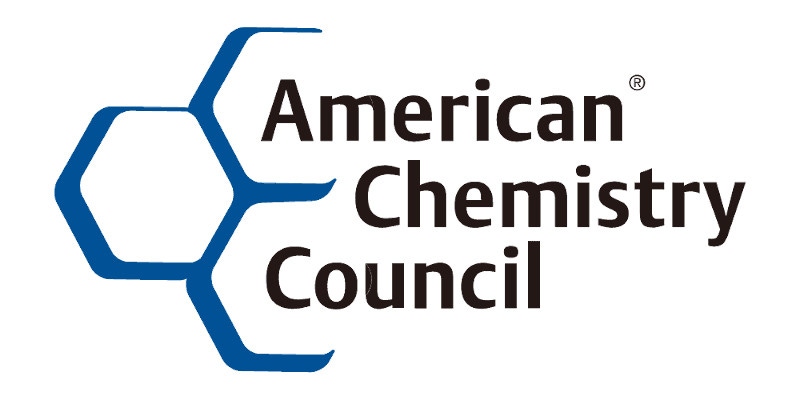US specialty chemicals market volumes rose 1.2% in January, accelerating slightly from a 1% gain in December.
March 1, 2021

The American Chemistry Council (ACC) reports that US specialty chemicals market volumes rose 1.2% in January, accelerating slightly from a 1% gain in December.
Of the 28 specialty chemical segments that ACC monitors, 19 expanded in January, off from 22 in December. Two segments were stable and seven declined. On a sequential basis, diffusion was 70%, off from 79% in December. Of the segments that increased in January, 12 featured gains of 1% or more.
During January, overall specialty chemicals volumes were off 4.2% on a year-over-year (Y/Y) basis, a slightly improvement from December. Volumes stood at 108.3% of their average 2012 levels in December. This is equivalent to 7.38 billion lb. On a year-earlier basis, six chemical segments showed gains: cosmetic additives, electronic chemicals, flavors and fragrances, food additives, plastic compounding, and water management chemicals. On a year-earlier basis, diffusion was 18% in January.
Specialty chemicals are materials manufactured on the basis of the unique performance or function and provide a wide variety of effects on which many other sectors and end-use products rely. They may be individual molecules or mixtures of molecules, known as formulations. The physical and chemical characteristics of the single molecule or mixtures along with the composition of the mixtures influence the performance end product. Individual market sectors that rely on such products include automobile, aerospace, agriculture, cosmetics, and food, among others.
Specialty chemicals differ from commodity chemicals. Specialties may only have one or two uses, whereas commodities may have multiple or different applications for each chemical. Commodity chemicals comprise most of the production volume in the global marketplace, while specialty chemicals make up most of the diversity in commerce at any given time and are relatively high value, with greater market growth rates.
You May Also Like


